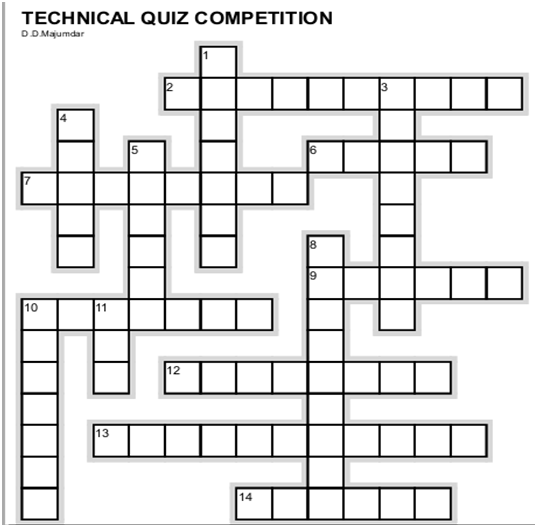TOP TOURIST PLACES IN KHAMMAM DISTRICT
1. Kallur -Temple
Kallur, located at the centre of the Khammam District, is renowned for its 400 year old history. The Lord Venu Gopala Swamy temple, constructed by Queen Rudrama Devi, is one of the major Hindu pilgrimage sites of the region. This region was once the taluka headquarters of the Qutub Shahis. The ancient Shiva temple at this site was built by Prathapa Rudra, a Kakatiya king. Five Shivalingas are situated in the inner sanctum of this temple. Before worshipping the god, devotees take a bath at the tank situated within the temple premises.
2. Parnasala
Parnasala is believed to be the site where Lord Rama spent many years of his exile along with his brother and consort. Owing to this mythological heritage, this site is considered sacred among Hindus. One of the prime attractions of this site is the Radhagutta which is believed to be the place where Sita dried her clothes after taking bath in the nearby stream. Legends state that at this site Lord Rama killed the demon Mareecha, who came disguised as a golden deer to deceive Sita. There is a hillock here, where it is believed that the demon king Ravana parked his vehicle named â??pushpakaâ??.
3. Gundala- Temple
Gundala is located in the vicinity of the temple town of Bhadrachalam. The hot springs in this area spread over an area of around 100 sq yd. The local people believe that the hot springs are the result of the celestial fire produced by Adi Sesha, the serpent king.
4. Kusumanchi - Temple
Kusumanchi is an ancient shrine, which was popularly known as Krupamani during the Kakatiya period. The Shivalingam in this shrine is one of the largest in Andhra Pradesh. There is a 15 ft high idol of Lord Venu Gopala Swamy on the southern side of the temple. Jakkepalli, Kistapuram, Kokya Thanda, Lokya Thanda, Mallaigudem, Munigepalli, Naikangudem, Narasimhulagudem and Palair are some of the tribal villages located in the vicinity of Kusumanchi which can be visited.
5. Kinnerasani Wildlife Sanctuary -Park
The Kinnerasani Wildlife Sanctuary is located around 2 km away from the city centre of Khammam. This sanctuary is popularly known as Deer Park and is home to various wild animals, birds and reptiles. It forms part of the Dandakaranya Forests and mainly has southern dry mixed deciduous forests, grasslands, dry teak forests and dry bamboo brakes. The sanctuary is located on the right bank of the Kinnerasani River and sprawls over an area of around 635.40 sq km. This sanctuary is home to animals like cheetal, chinkara, sambar and wild boars. Gaur, jackal, hyena, panther, tiger, sloth bear and black buck are some of the other animals that can be spotted in the sanctuary. Some of the common species of birds found in the sanctuary are pea fowl, quails, jungle fowl, partridge, teal, spoonbill and dove. Reptiles like viper, python, cobra and krait can be spotted in the marshlands of the sanctuary. The plant species found here
6. Nelakondapalli â?? Idols
Nelakondapalli, located around 22 km away from Khammam, is associated with the Hindu epic Mahabharata. The Virata Raju Dibba and Keechaka Gundam, archaeological evidences from the period of the Mahabharata, can be seen here. The Buddhist Stupas and idols, found during the excavations conducted at this site in 1977, are other attractions. During the excavations, several viharas, wells, mahastupas, cisterns and a bronze idol of Lord Budddha were also discovered. A miniature stupa, carved from mine stone belonging to the 3rd or 4th century, was found during excavations. Photographs and images unearthed from the spot claim that the site was the birthplace of Kancharla Gopanna, also known as Bhakta Ramadas. The Bhakta Ramadas Dhyana Mandir, old house of Kancharla Gopanna, and some ancient temples depict the ancient past of this site.
7. Khammam Fort - Hills
An important seat of administration in 13th century under the great Kakatiyas of Warangal was the Khamm



